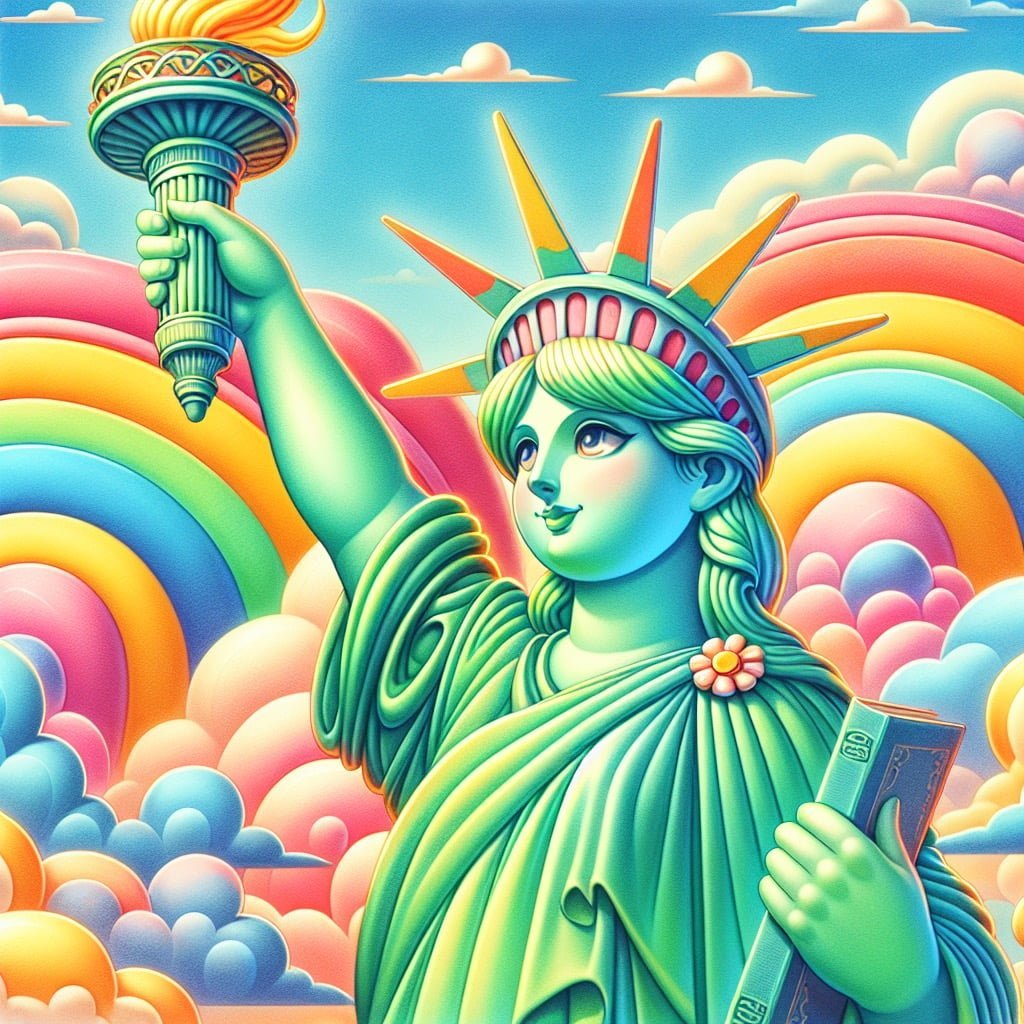Welcome to a world of fun facts for kids about different cultures! If you’re looking to expand your understanding of the world and explore the rich diversity of global traditions, you’ve come to the right place. From Japan’s Cherry Blossom Festival to Brazil’s Carnival, and from Ancient Egyptian Hieroglyphics to Italian Pizza and Pasta tradition, we have gathered fascinating insights into some of the most vibrant and captivating cultural practices around the world. Through colorful celebrations, traditional dances, delicious cuisines, and intricate art forms, you will embark on a journey that will not only entertain and educate but also spark your curiosity and appreciation for the beauty of human creativity and connections. So, buckle up and get ready to dive into the wonderful world of Fun Facts for Kids About Different Cultures!
Fun Facts for Kids About Different Cultures
1. Japan’s Cherry Blossom Festival
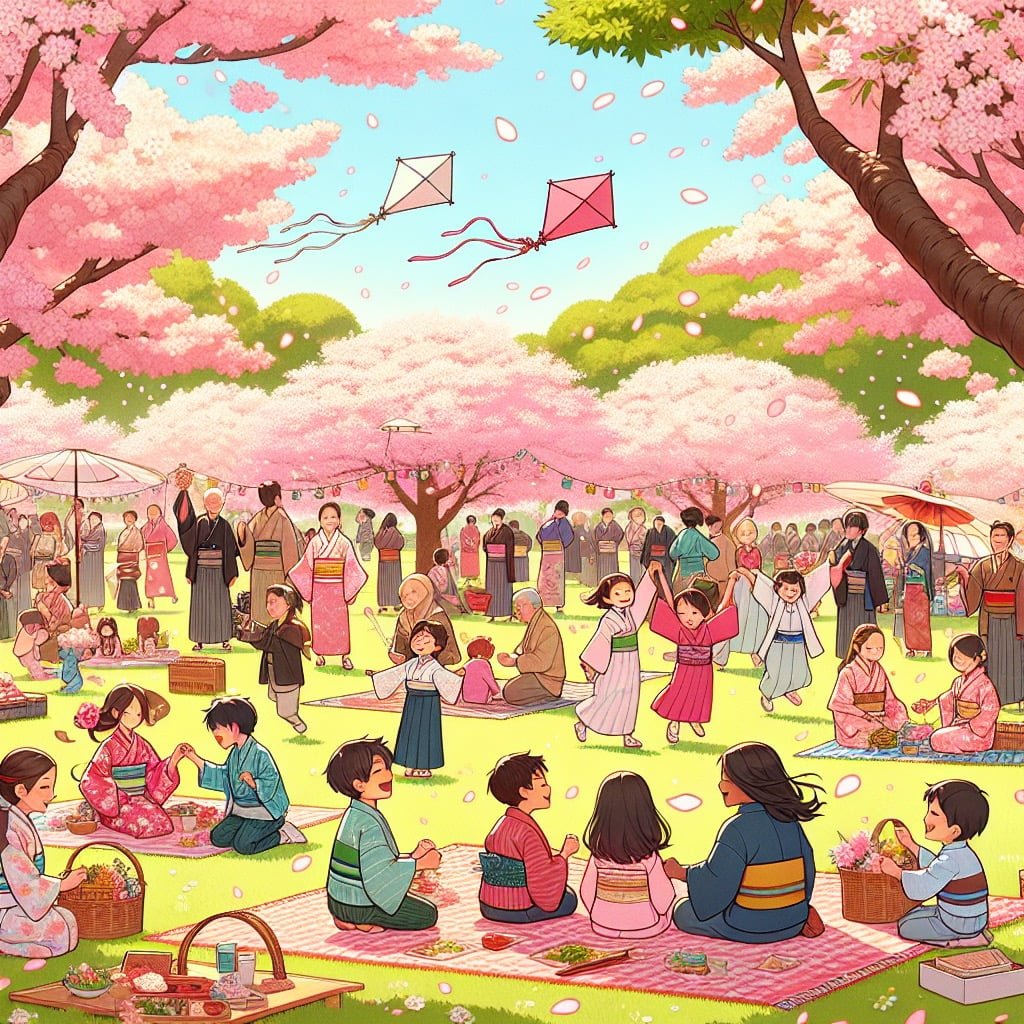
For younger kids: In Japan, people celebrate the arrival of spring by having picnics under beautiful pink cherry blossom trees.
For older kids: The Cherry Blossom Festival, known as Hanami, is a time-honored tradition in Japan, where people gather to appreciate the fleeting beauty of cherry blossoms and enjoy outdoor festivities.
Detailed explanation:Japan’s Cherry Blossom Festival, also known as Hanami, is a centuries-old tradition that celebrates the beauty of cherry blossoms blooming across the country. This annual event typically takes place in early spring when the cherry trees are in full bloom, transforming parks, streets, and countryside into a sea of delicate pink and white blossoms.
One of the most fascinating Fun Facts for Kids About Different Cultures is the significance of cherry blossoms in Japanese culture. The cherry blossom, or sakura, is a symbol of renewal, beauty, and the fleeting nature of life. The brief but stunning bloom of the cherry blossoms reminds the Japanese people to appreciate the beauty in life and to cherish the present moment.
During the Cherry Blossom Festival, people from all walks of life come together to enjoy picnics under the cherry trees, participate in traditional tea ceremonies, and attend lively parades and performances. It is a time of joy, celebration, and appreciation for the natural beauty that surrounds them.
Another interesting Fun Fact for Kids About Different Cultures is the practice of hanami, or flower viewing, during the festival. Families, friends, and coworkers gather under the cherry trees to admire the blossoms, take photographs, and enjoy food and drinks together. It is a time of togetherness and unity, as people come together to celebrate the beauty of nature and the changing of the seasons.
In conclusion, Japan’s Cherry Blossom Festival is a vibrant and colorful celebration of nature, culture, and tradition. It is a time for reflection, appreciation, and joy, as people come together to honor the beauty of the cherry blossoms and the fleeting nature of life itself.
Fun Facts for Kids About Different Cultures
2. The Maasai Jumping Dance in Kenya
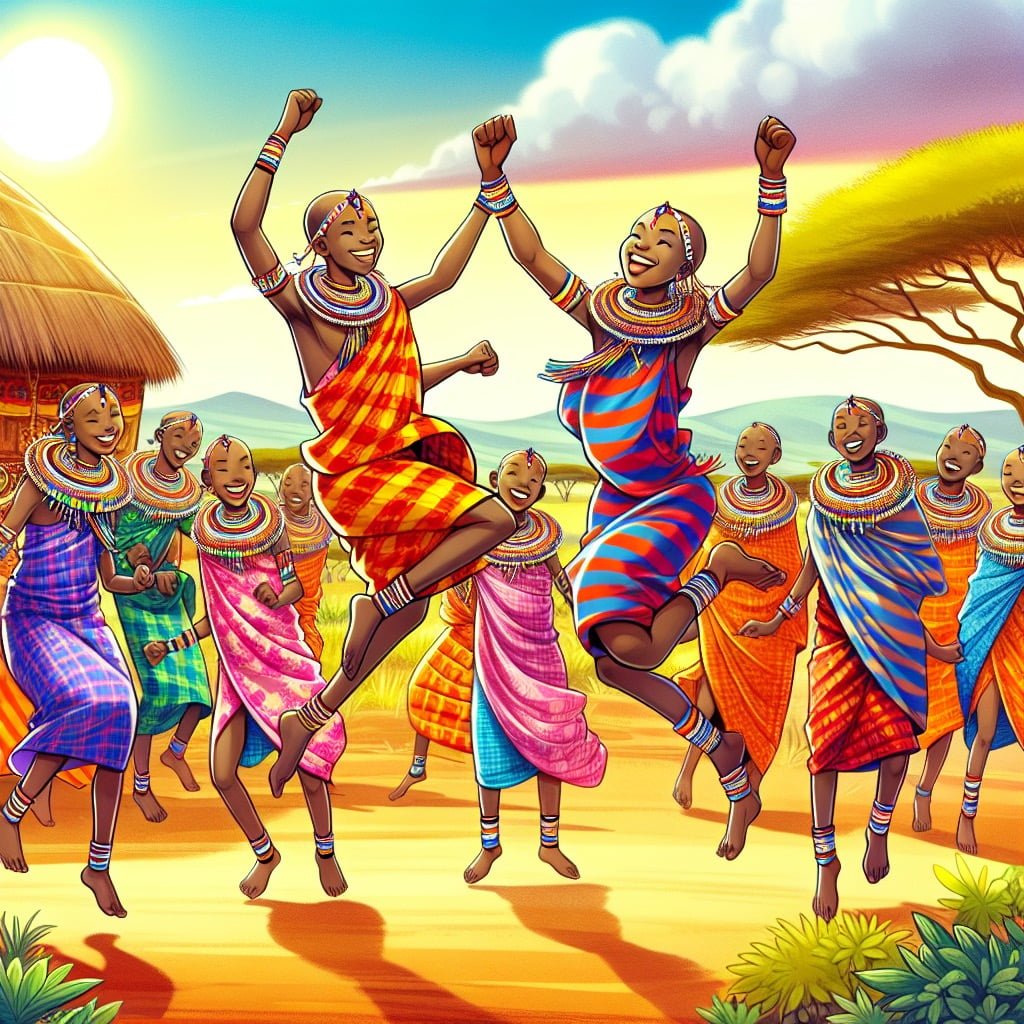
For younger kids: The Maasai people in Kenya show how strong they are by jumping really high during their traditional dance.
For older kids: The Maasai tribe in Kenya performs a unique jumping dance as a way to demonstrate strength, endurance, and to attract a mate. The higher the jump, the more respect the dancer earns.
Detailed explanation:The Maasai Jumping Dance in Kenya is a traditional cultural practice that has been passed down through generations in the Maasai tribe. This dance is an important part of the Maasai culture and is often performed during celebrations, ceremonies, and special occasions. The dance involves a group of Maasai warriors jumping high into the air while chanting and singing in unison.
The Maasai jumping dance is a display of strength, agility, and unity among the warriors. It is believed that the higher a warrior can jump, the stronger and braver he is seen within the community. The dance is also a way for the Maasai tribe to showcase their cultural heritage and traditions to others.
One interesting aspect of the Maasai jumping dance is the unique rhythm and chanting that accompanies the dance. The warriors synchronize their movements and chants, creating a powerful and captivating performance for those watching. The energy and enthusiasm of the dancers are contagious, and it is hard not to feel the excitement and joy that comes from witnessing such a vibrant display of culture.
This fun fact about the Maasai jumping dance is just one example of the rich and diverse cultures that exist around the world. By learning about different cultures and their traditions, we can gain a greater appreciation for the beauty and uniqueness of the human experience. Fun facts for kids about different cultures can help to foster curiosity, understanding, and respect for people from all walks of life.
Fun Facts for Kids About Different Cultures
3. India’s Festival of Lights – Diwali
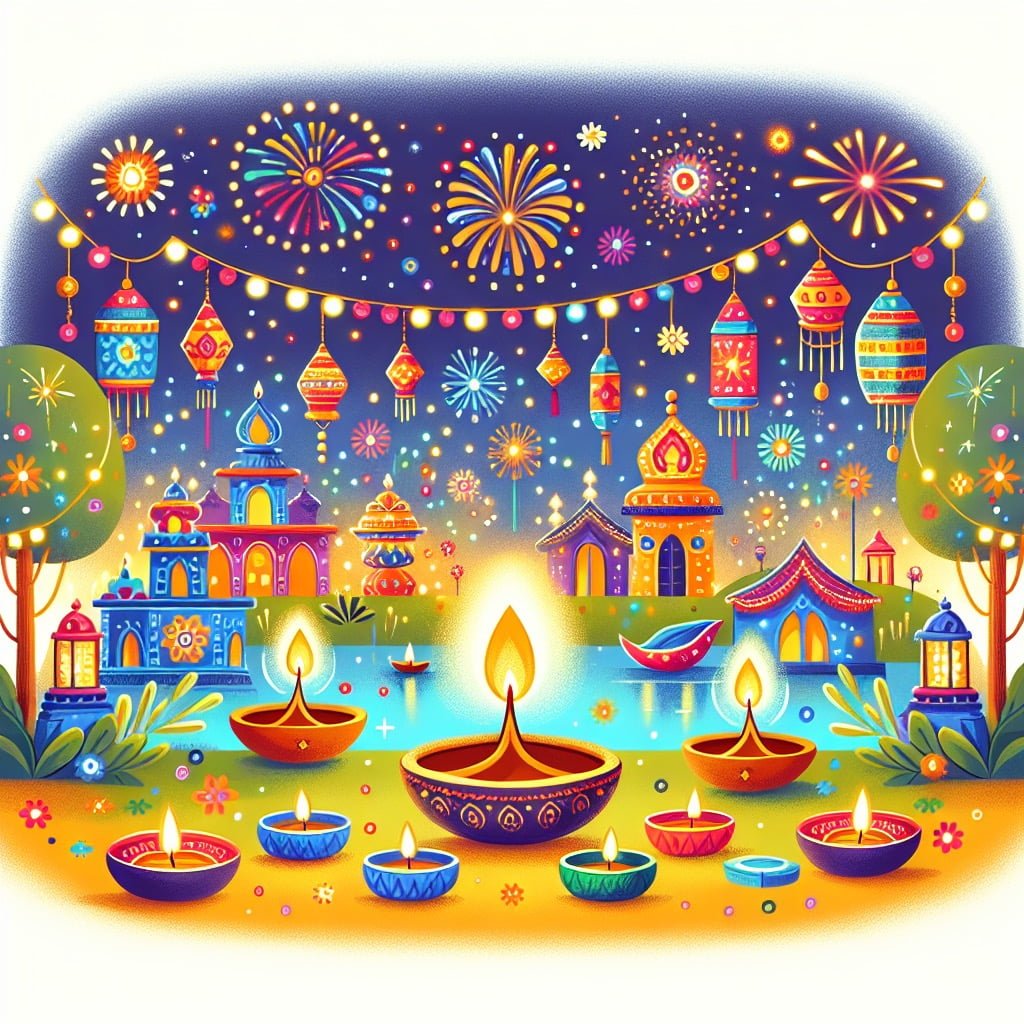
For younger kids: Diwali is a special time in India when people light up their homes with beautiful oil lamps called ‘diyas’.
For older kids: Diwali, also known as the Festival of Lights, is one of the most important Hindu festivals. It is a time for families to come together, light up their homes, exchange gifts, and celebrate the victory of light over darkness.
Detailed explanation:Diwali, also known as India’s Festival of Lights, is one of the most widely celebrated festivals in the country. This festival holds immense cultural significance and is observed by millions of people, regardless of their religion or background. Diwali typically lasts for five days and is marked by vibrant decorations, delicious food, fireworks, and the lighting of countless diyas or oil lamps.
One of the most intriguing Fun Facts for Kids About Different Cultures is that Diwali symbolizes the victory of light over darkness and good over evil. The festival is rooted in Hindu mythology, specifically the story of Lord Rama and his wife Sita. According to the legend, Rama returned to his kingdom after defeating the demon king Ravana and the people of Ayodhya welcomed him back by lighting diyas to illuminate his path.
Another interesting Fun Fact for Kids About Different Cultures is that Diwali also has significance in other religions and cultures in India. For instance, Sikhs celebrate Diwali as the day when Guru Hargobind, the sixth Sikh guru, was released from captivity along with 52 kings. Jains commemorate this festival as the day when Lord Mahavira, the last Tirthankara, attained nirvana. This diversity of beliefs and practices during Diwali showcases the rich tapestry of Indian culture and tradition.
In conclusion, Diwali is a festival that brings people together in a spirit of joy and celebration. It is a time to cherish the triumph of light over darkness and to reflect on the universal values of love, compassion, and righteousness. Through its various customs and rituals, Diwali offers a glimpse into the colorful mosaic of Indian culture and the depth of its traditions.
Fun Facts for Kids About Different Cultures
4. The Brightly Colored Caribbean Carnival
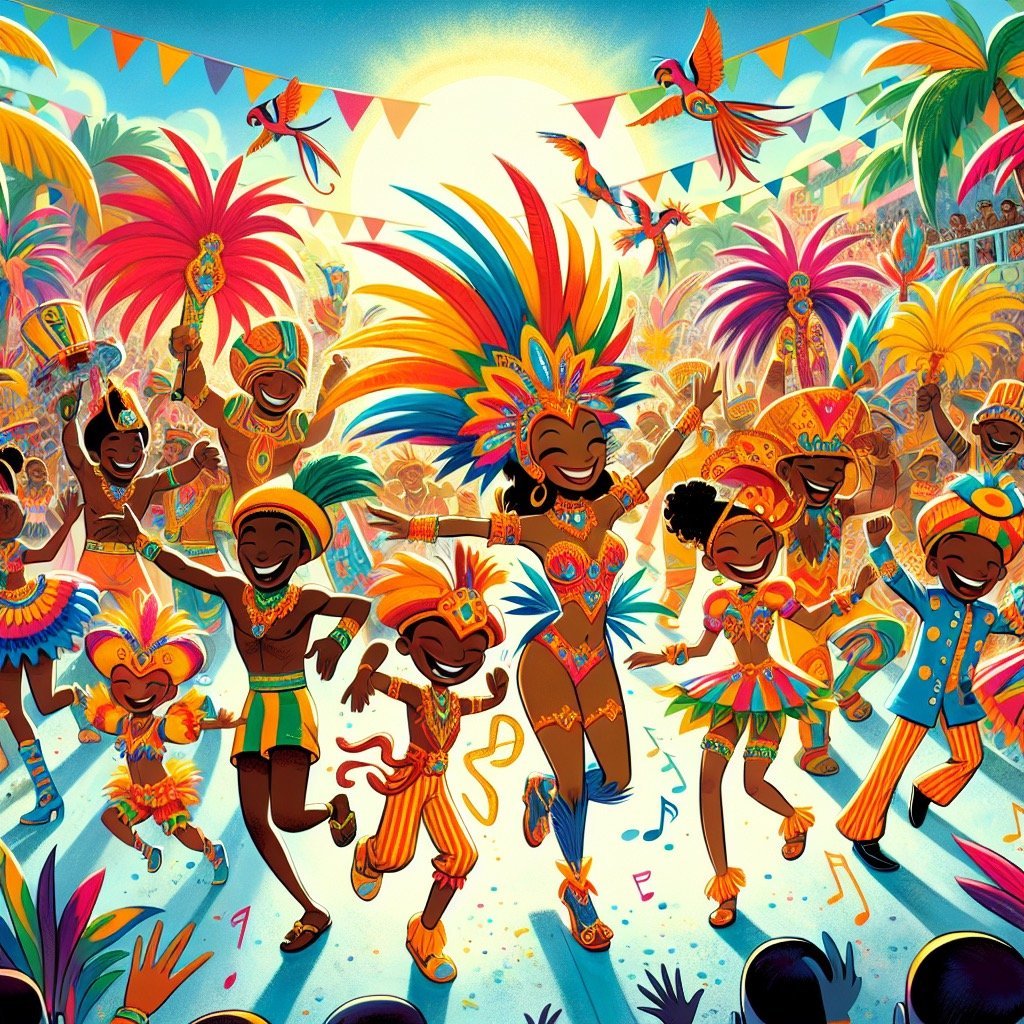
For younger kids: The Caribbean Carnival is a big, colorful party with music, dancing, and amazing costumes!
For older kids: Celebrated throughout the Caribbean islands, the annual carnival is a vibrant celebration showcasing the region’s rich cultural heritage through lively music, dazzling costumes, and energetic dance performances.
Detailed explanation:One of the most vibrant and colorful cultural celebrations in the world is the Caribbean Carnival. This annual event is held in various countries throughout the Caribbean, including Trinidad and Tobago, Barbados, and Jamaica. The Caribbean Carnival is a joyful and exuberant occasion that showcases the rich and diverse cultures of the region.
One of the most striking aspects of the Caribbean Carnival is the brightly colored costumes worn by participants. These costumes are adorned with feathers, sequins, and intricate beadwork, creating a dazzling display of color and creativity. Each costume is unique and reflects the cultural traditions and heritage of the Caribbean islands.
In addition to the colorful costumes, the Caribbean Carnival also features lively music and dance performances. The sounds of calypso, soca, and reggae fill the air as participants dance through the streets in colorful parades. The infectious rhythms and energetic dance moves create a festive atmosphere that is truly infectious.
The Caribbean Carnival is not only a celebration of culture and heritage, but also a time for people to come together and enjoy themselves. It is a time for community bonding and unity, as people from all walks of life come together to celebrate their shared heritage. The spirit of camaraderie and joy is palpable throughout the Carnival, making it a truly special event for all who participate.
In conclusion, the Caribbean Carnival is a fun and colorful celebration that offers a glimpse into the rich and diverse cultures of the Caribbean. From the brightly colored costumes to the lively music and dance performances, the Carnival is a feast for the senses. It is a time for people to come together, celebrate their heritage, and create lasting memories. Fun Facts for Kids About Different Cultures can be learned and experienced through the joy and excitement of the Caribbean Carnival.
Fun Facts for Kids About Different Cultures
5. Ancient Egyptian Hieroglyphics
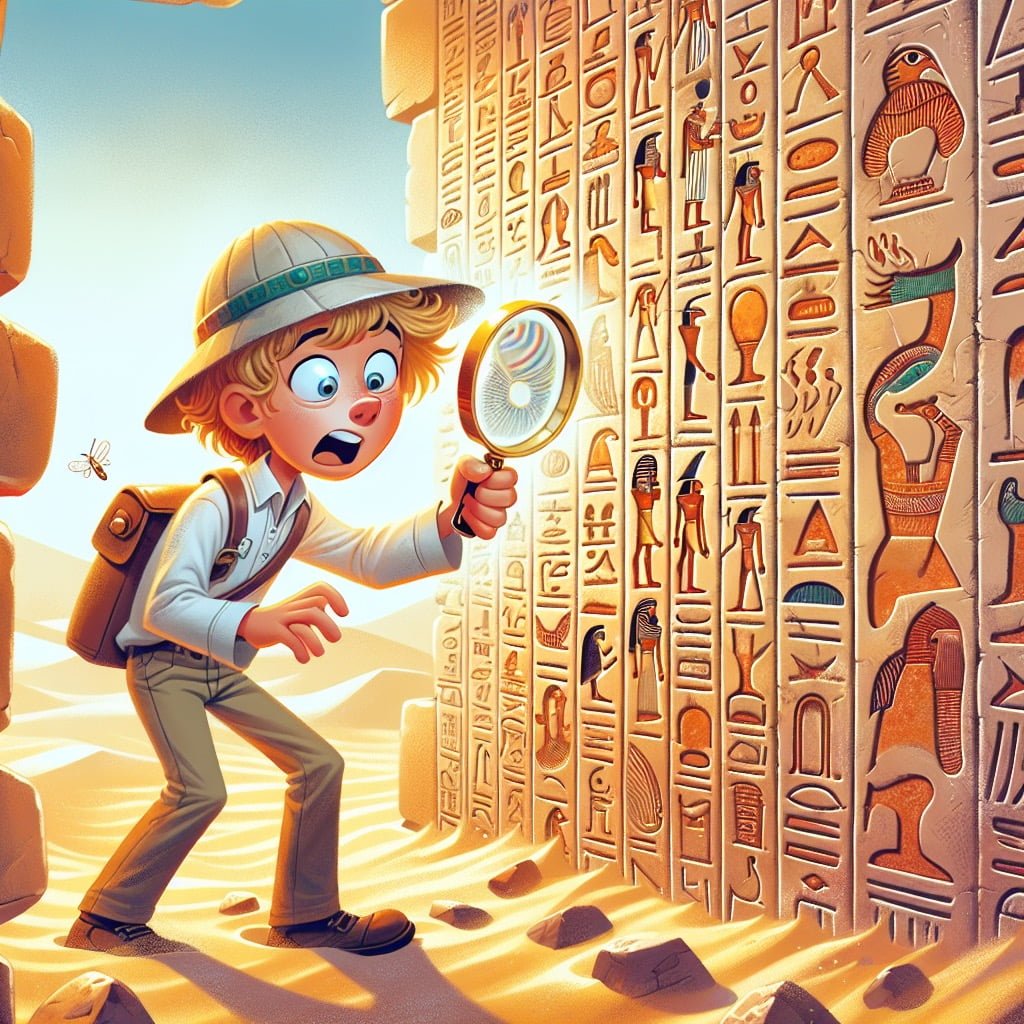
For younger kids: Ancient Egyptians used drawings and symbols called hieroglyphics to write down important stories and events.
For older kids: Hieroglyphics were the formal writing system used in Ancient Egypt, consisting of pictorial symbols that represented sounds, objects, and concepts. They were used in religious texts, historical records, and everyday communication.
Detailed explanation:Ancient Egyptian hieroglyphics are a fascinating aspect of this ancient civilization that continues to capture the imaginations of people around the world. Hieroglyphics were the writing system used by the ancient Egyptians, consisting of a combination of logographic and alphabetic elements.
One fun fact for kids about different cultures is that hieroglyphics were not just used for writing on walls and tombs, but also on papyrus scrolls and other surfaces. The symbols used in hieroglyphics represented words, sounds, and even whole ideas. This complexity allowed the ancient Egyptians to convey a wide range of information and stories through their writing.
Another interesting fact about ancient Egyptian hieroglyphics is that the decipherment of the writing system was a major breakthrough in understanding this ancient culture. The Rosetta Stone, discovered in 1799, proved to be the key to unlocking the secrets of hieroglyphics. The stone contained the same text written in three scripts: hieroglyphics, Demotic script, and Greek. By comparing the Greek text, which was already understood, with the hieroglyphic text, scholars were able to decode the meaning of the symbols.
Studying ancient Egyptian hieroglyphics gives us valuable insights into the beliefs, daily life, and history of this fascinating civilization. By learning about different cultures like the ancient Egyptians, we can broaden our understanding of the world and appreciate the rich diversity of human history.
Fun Facts for Kids About Different Cultures
6. Traditional Aboriginal Dot Painting in Australia

For younger kids: Aboriginal artists use small dots to create beautiful paintings that tell unique stories.
For older kids: Dot painting is an intricate art form of the Indigenous Australian people, where artists use fine dots to create mesmerizing patterns and complex designs that convey stories, traditions, and cultural knowledge.
Detailed explanation:Traditional Aboriginal dot painting in Australia is a unique and culturally significant art form that has been practiced by Indigenous Australians for thousands of years. This style of painting involves using various colored dots to create intricate patterns and symbols that tell stories of the land, ancestors, and Dreamtime beliefs.
Originally, dot painting was used for ceremonial purposes and to pass down knowledge from one generation to the next. Each dot and symbol in the painting holds deep spiritual and cultural meanings that are only understood by those within the Aboriginal community. The paintings are not just visually stunning, but they also serve as a way to preserve and share the rich traditions and history of the Aboriginal people.
One of the interesting Fun Facts for Kids About Different Cultures is that Aboriginal dot paintings often feature symbols representing elements of nature such as animals, plants, and landscapes. These symbols are used to convey important messages and teachings about the environment and the connection between the Aboriginal people and the land.
Another fascinating aspect of Aboriginal dot painting is the use of natural pigments and materials sourced from the earth. The artists create their own paints by mixing crushed rocks, charcoal, and plant extracts to produce vibrant colors that are then applied to the canvas using a small brush or stick.
In conclusion, Traditional Aboriginal dot painting is not just a form of artistic expression, but a way for the Indigenous people of Australia to connect with their culture, history, and spirituality. By learning about and appreciating this unique art form, we can gain a deeper understanding and appreciation for the diverse cultures that make up our world.
Fun Facts for Kids About Different Cultures
7. Chinese Dragon Boat Festival
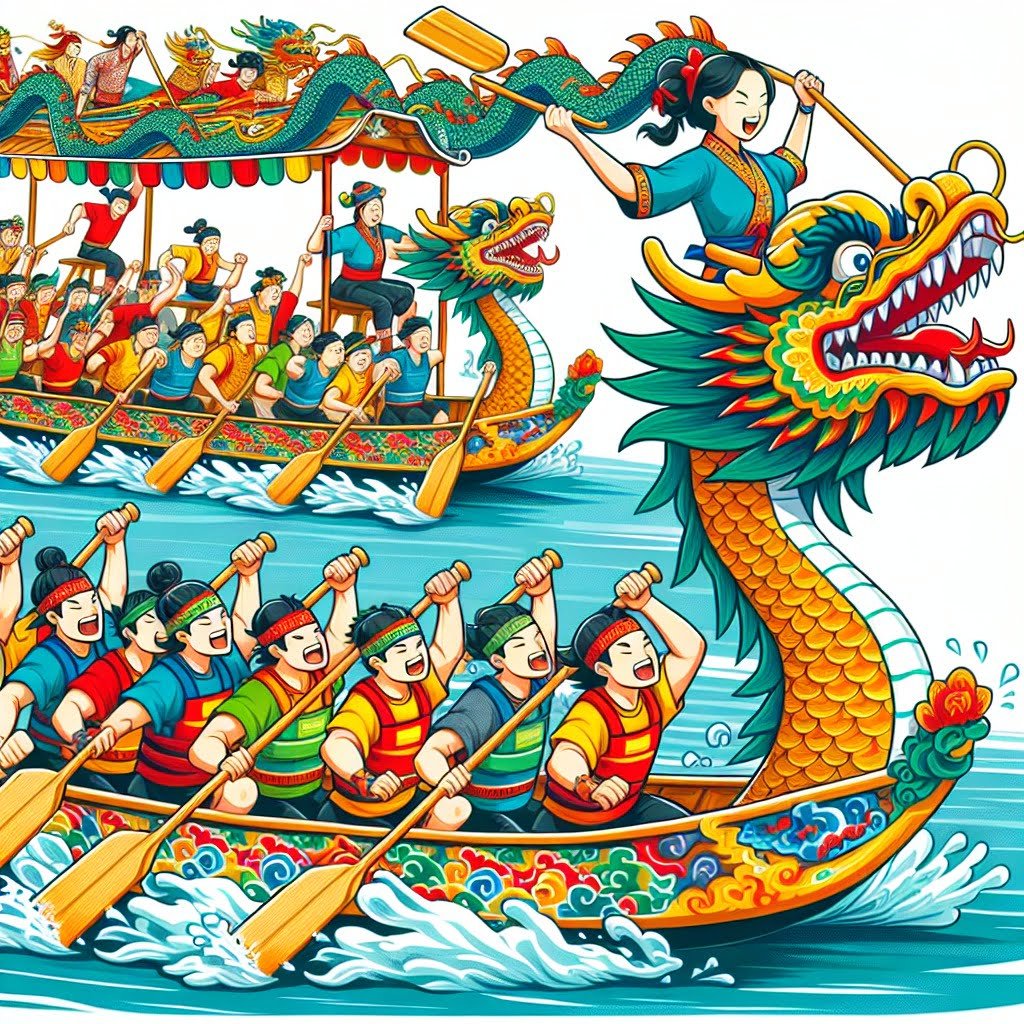
For younger kids: People in China have a special day every year to race dragon-shaped boats and eat delicious sticky rice dumplings.
For older kids: The Dragon Boat Festival, known as Duanwu, is a significant holiday in China that honors the ancient poet Qu Yuan. It features exciting dragon boat races, traditional zongzi rice dumplings, and vibrant cultural performances.
Detailed explanation:The Chinese Dragon Boat Festival, also known as Duanwu Festival, is a traditional holiday celebrated in China and other East Asian countries. This festival is held on the fifth day of the fifth month of the lunar calendar, which usually falls in June on the Gregorian calendar.
One of the most exciting and visually striking aspects of the Dragon Boat Festival is the dragon boat races. Teams of rowers paddle ornately decorated dragon boats to the beat of drums, racing to the finish line amidst cheering crowds. The dragon boat races are not only thrilling to watch but also steeped in cultural significance. According to legend, the races commemorate the heroic poet Qu Yuan, who drowned himself in the Miluo River to protest against a corrupt government. The local people raced their boats to try to save him or retrieve his body, and the tradition of dragon boat racing was born.
In addition to dragon boat races, the Dragon Boat Festival is also known for its delicious traditional foods. Families gather together to enjoy sticky rice dumplings, also known as zongzi, which are made of glutinous rice stuffed with fillings such as meats, beans, and nuts, and wrapped in bamboo leaves. These tasty treats are said to have originated from the practice of throwing rice into the river to appease the water spirits and prevent them from harming Qu Yuan’s body.
Overall, the Chinese Dragon Boat Festival is a vibrant and colorful celebration that showcases the rich cultural heritage of China. Sharing fun facts for kids about different cultures, such as the traditions of the Dragon Boat Festival, can help promote cross-cultural understanding and appreciation.
Fun Facts for Kids About Different Cultures
8. The Flamboyant Dances of Brazil’s Carnival
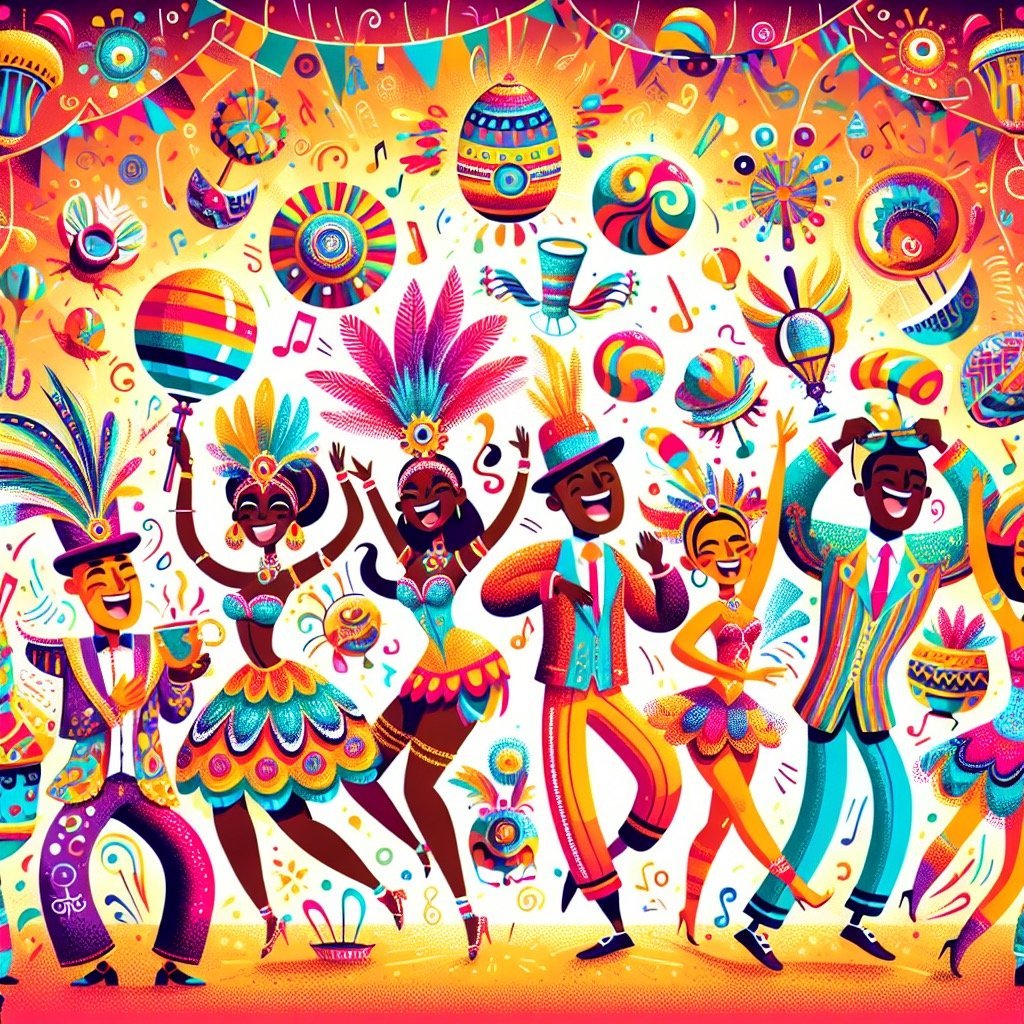
For younger kids: In Brazil, people have an extravagant party called Carnival with music, dancing, and dazzling costumes!
For older kids: Carnival in Brazil is a spectacular display of samba dancers, elaborate costumes, vibrant parades, and pulsating music, representing the country’s rich culture and diverse traditions.
Detailed explanation:Brazil’s Carnival is known for its flamboyant dances, vibrant costumes, and infectious music that captivate millions of people around the world. This cultural celebration is deeply rooted in Brazilian history and traditions, combining elements of African, Indigenous, and European cultures.
One of the most iconic dances of Brazil’s Carnival is the samba. Samba originated in Brazil in the early 20th century and is a lively and rhythmic dance style that is characterized by quick feet movements, hip sways, and intricate choreography. Samba schools, which are community-based organizations that represent a specific neighborhood or community, compete in elaborate parades during Carnival, showcasing their colorful costumes and elaborate floats.
Another popular dance during Brazil’s Carnival is the frevo, which originated in the city of Recife in the northeastern region of Brazil. The frevo is a fast-paced dance that is accompanied by energetic music and acrobatic movements. Dancers often twirl umbrellas as part of the dance, adding a playful and colorful element to the performance.
Brazil’s Carnival is a perfect example of how different cultures come together to create a unique and vibrant celebration. From the costumes to the music to the dances, Carnival is a feast for the senses that showcases the rich cultural heritage of Brazil. It is not only a time for celebration and revelry but also a time for communities to come together and express their creativity and passion for their culture.
In conclusion, Brazil’s Carnival is a fun and exciting celebration that offers a glimpse into the diverse cultural traditions of Brazil. The flamboyant dances, colorful costumes, and lively music make Carnival a truly unforgettable experience for both participants and spectators alike. Fun Facts for Kids About Different Cultures can provide a deeper understanding and appreciation of the cultural significance of events like Brazil’s Carnival.
Fun Facts for Kids About Different Cultures
9. Italian Pizza and Pasta Tradition
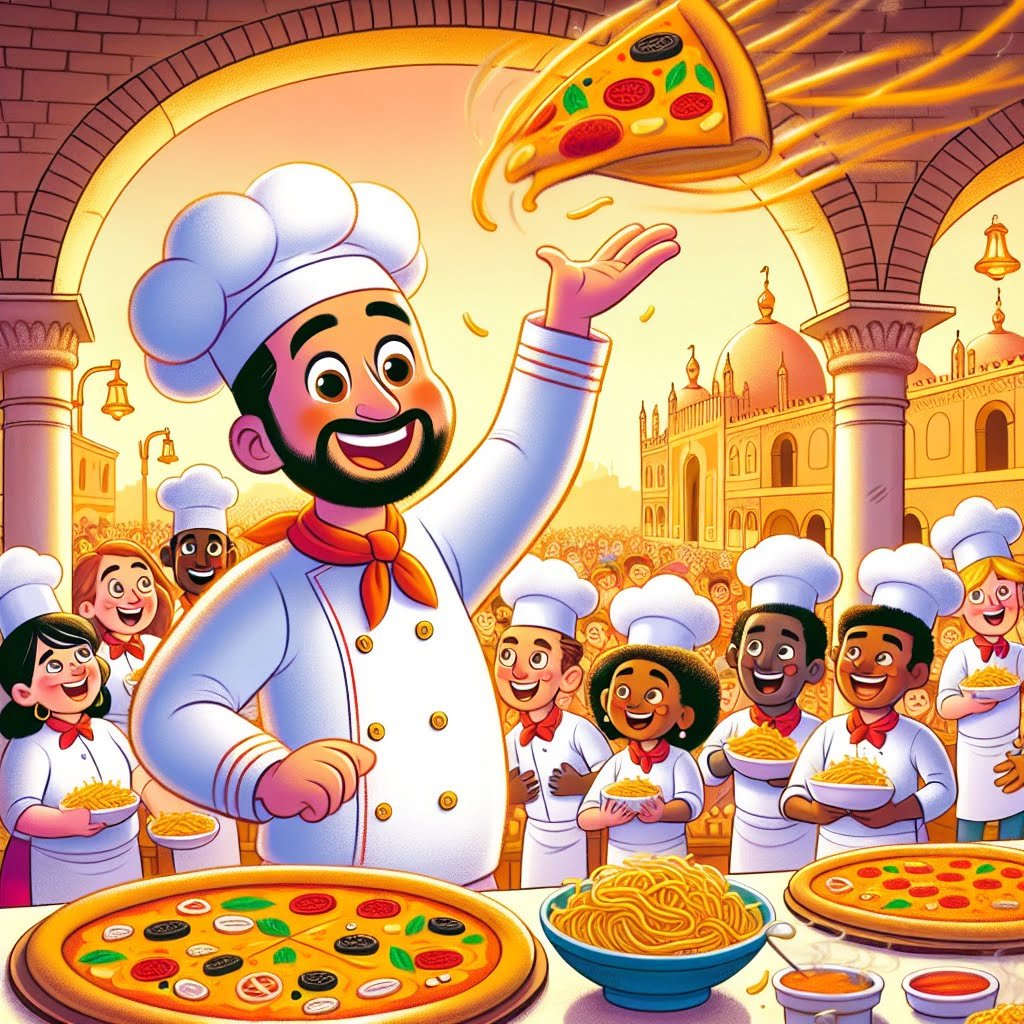
For younger kids: Italy is famous for the delicious pizza and pasta they make with lots of cheese and sauce.
For older kids: Italian cuisine is renowned for its rich diversity and regional variations, especially the traditional methods of pizza making and the art of creating mouthwatering pasta dishes using fresh, local ingredients.
Detailed explanation:Italian cuisine is renowned worldwide for its delicious flavors and comforting dishes, particularly when it comes to pizza and pasta. These two dishes have become staples in many countries, but they have a deep-rooted tradition in Italy that dates back centuries.
One fun fact for kids about different cultures is that Italian pizza and pasta are not only delicious, but they also hold special cultural significance in Italy. Pizza, for example, originated in Naples in the 18th century and quickly spread throughout the country. It was initially considered a simple and affordable meal for the working class, but it has since become a beloved dish enjoyed by people of all backgrounds.
Pasta, on the other hand, has a long history in Italy that dates back to ancient times. The first recorded pasta recipe dates back to the 13th century, and it has been a staple in Italian cuisine ever since. Fun fact for kids about different cultures is that there are over 300 shapes of pasta in Italy, each with its own unique texture and flavor.
One interesting aspect of Italian pizza and pasta tradition is the emphasis on fresh, high-quality ingredients. Italians take great pride in sourcing the best tomatoes, cheeses, and olive oil for their dishes, resulting in a superior taste that cannot be replicated elsewhere. This attention to detail and commitment to authenticity is what sets Italian cuisine apart and makes it a favorite around the world.
In conclusion, Italian pizza and pasta tradition is not only delicious but also rich in history and cultural significance. By learning about the origins and traditions of these iconic dishes, kids can gain a greater appreciation for the diversity and uniqueness of different cultures.
Fun Facts for Kids About Different Cultures
10. Colorful Indian Holi Festival

For younger kids: During Holi in India, people have a big water fight and throw colorful powder at each other to celebrate.
For older kids: Holi, the Festival of Colors, is an exuberant Hindu celebration symbolizing the victory of good over evil, where people come together to play with vibrant colored powders, dance, and enjoy festive delicacies.
Detailed explanation:The Colorful Indian Holi Festival is a vibrant and joyous celebration that is deeply rooted in Indian culture and tradition. This festival, also known as the Festival of Colors, is celebrated with great enthusiasm and excitement across India and in many parts of the world where Indian communities reside.
During the festival, people come together to celebrate the arrival of spring and the victory of good over evil. One of the main highlights of the festival is the throwing of colored powders and water on each other, creating a beautiful and lively display of colors. This tradition symbolizes the breaking down of barriers between people, bringing everyone together in a spirit of unity and joy.
Another important aspect of the Holi Festival is the sharing of delicious traditional sweets and snacks, such as gujiya and thandai, with friends and family. Music and dance also play a central role in the celebrations, with people singing and dancing to traditional folk songs and music.
One of the fun facts for kids about different cultures is that in India, each region celebrates Holi in its own unique way, adding to the diversity and richness of the festival. For example, in the state of Uttar Pradesh, the Holi celebrations include the tradition of building large bonfires the night before the festival, known as Holika Dahan. In the state of Punjab, people celebrate Holi with the vibrant festival of Hola Mohalla, which includes martial arts performances and competitions.
In conclusion, the Colorful Indian Holi Festival is a wonderful celebration that brings people together in a spirit of joy, unity, and love. It is a fun and colorful event that embodies the rich cultural heritage of India and showcases the diversity of traditions across different regions of the country.
Did You Know?
Did you know that there are over 6,500 languages spoken around the world, reflecting the rich diversity and cultural heritage of different countries?
Summary of Interesting Facts for Kids About Various Cultures
Exploring fun facts about different cultures is not only a fascinating journey but also a valuable educational experience for children and adults alike. By uncovering unique tidbits about various customs, traditions, languages, and practices from around the world, we can ignite curiosity and spark a sense of wonder in both young minds and older ones. Learning about different cultures through fun facts allows us to not only expand our knowledge and understanding of the world but also to appreciate the diversity that makes our global community so rich and interconnected. Additionally, delving into these facts can inspire us to embrace inclusivity, empathy, and tolerance, promoting harmony and cooperation in our increasingly diverse society. So, whether you’re a parent looking to educate your children about the world or simply someone interested in broadening your cultural horizons, discovering fun facts about different cultures is a rewarding and enriching endeavor that can lead to a deeper appreciation of the beauty of human creativity and connections.
Sources and additional information for Fun Facts for Kids About Different Cultures
WikipediaBritannicaCIA World FactbookCentral Intelligence Agency (CIA)The World BankUnited Nations Children’s Fund (UNICEF)BBC NewsLonely PlanetCouncil on Foreign RelationsThe World Factbook (CIA)United NationsBBC Country ProfilesLonely PlanetThe World Bank CountriesUNESCO World Heritage CentreCountryReportsGlobalEdge (Michigan State University)Transparency International – The Global Corruption Barometer
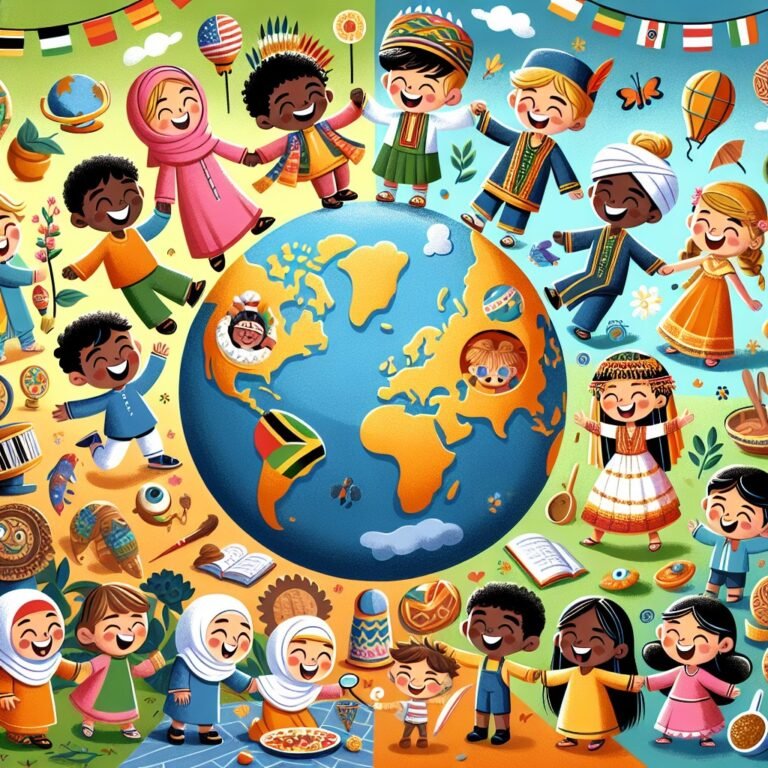
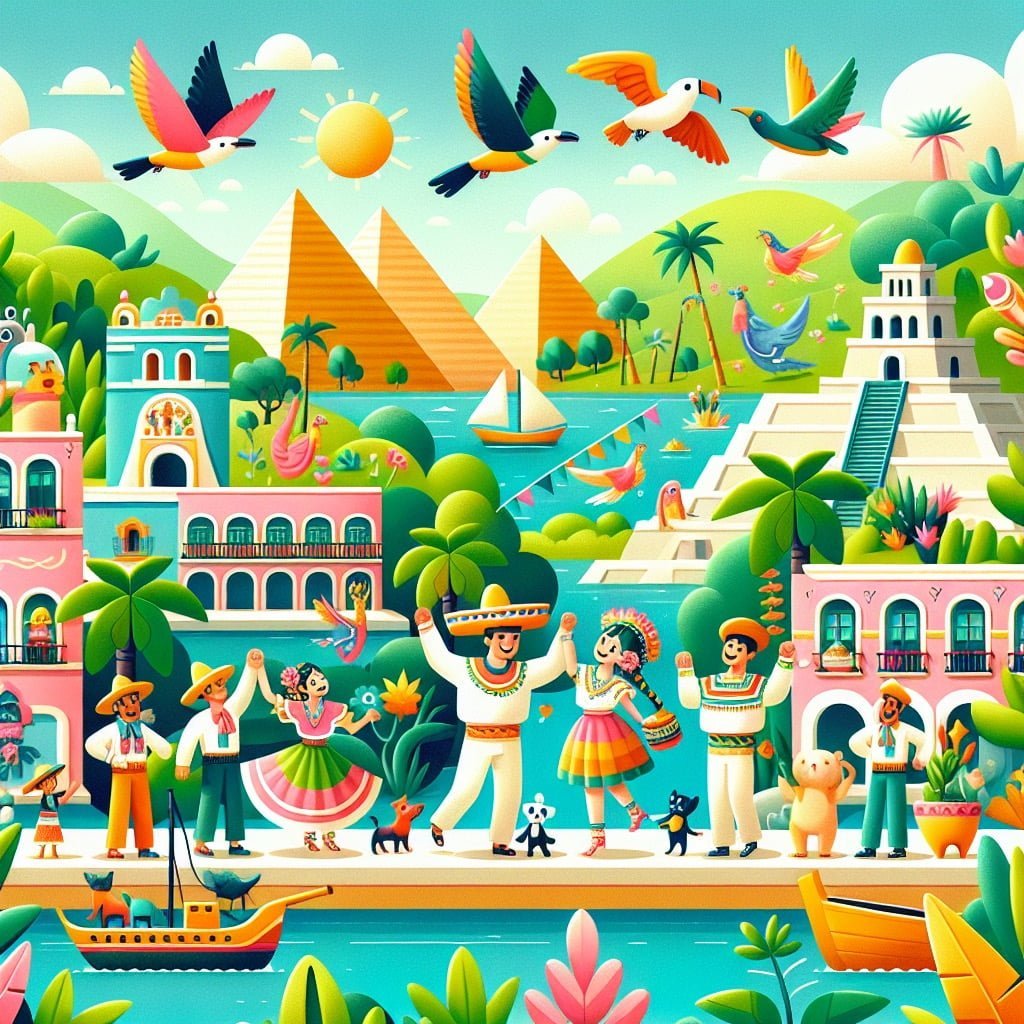
![Uncover 10 Awesome Texas Facts For Kids 14 Main image for the post with 10 Awesome Texas Facts For Kids] depicting Texas in a colorful and attractive way for kids.](https://funfactsbook.com/wp-content/uploads/2024/03/texas_facts_for_kids.jpg)

